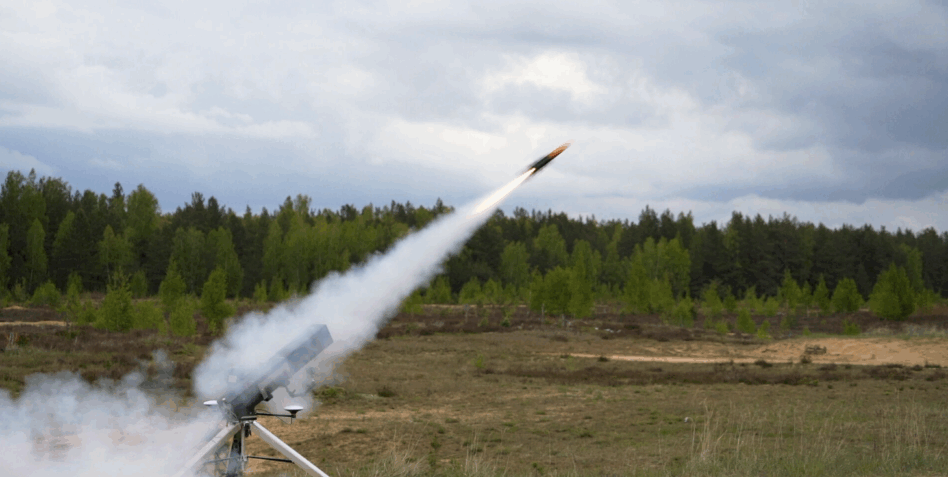The mash-ups continue during DSEI week. Yesterday, Estonia-based missile startup Frankenburg Technologies announced that it’s teamed up with NiDAR c-UAS and surveillance company MARSS to integrate Frankenburg’s missiles into MARSS’ C4 platform.
The goal, according to the two companies, is to build a “layered defence solution that combines affordability, scalability, and cutting-edge AI to protect against emerging aerial threats.” In layman’s terms, it sounds like MARSS will take Frankenburg’s missiles and use them as yet another way to take down scary flying things they identify with their NiDAR-powered surveillance system.
Pew-pew, indeed.
On the edge: First, a bit about Frankenburg. The startup was founded in Tallinn (brush up on your global capitals, friends) by Taavi Madiberk in 2024 with the aim of building high-volume, affordable missiles that can take down aerial threats like drones. No one likes wasting a Patriot on a Shahed, after all.
The company is now run by CEO Kusti Salm, former Permanent Secretary of the Estonian Ministry of Defence. And investors have shown interest—the company raised about $4.3M back in March at a $161.4M valuation, led by Shellona and Blossom Capital, according to PitchBook data.
The company’s flagship product is the Mark-1 missile, a smaller interceptor designed to be ten times more affordable and 100 times faster to produce than traditional variants, according to the company.
While specs remain somewhat vague, we do know a few things about the Mark-1:
- Salm told Janes that the interceptors will be able to hit drones flying at heights of about 2km, or 1.2 miles.
- It’s AI-guided, incorporates computer vision, and is powered by a solid-fuel rocket motor.
- The company says it will be able to produce hundreds of these missiles per month by this fall.
A bunch of companies are developing these kinds of drone-specific mini missiles, including Nordic Air Defence, BlueHalo, Saab, RTX, and Northrop Grumman.
Keep an eye out: MARSS, meanwhile, is big into the counter-drone and aerial threat game. At the center of the company’s tech is NiDAR—a sensor-fusion command and control platform that pulls together data from radars, cameras, RF detectors, sonars, and other sensors to paint a common operating picture (or COP).
NiDAR has three variants:
- NiDAR Core – the main backbone.
- NiDAR CUAS – tailored for counter-drone missions.
- NiDAR X-Series (SCOUT, TERRA, COMPACT) – mobile or deployable sensor suites.
NiDAR is like the brain of the system, which detects aerial threats, then the c-UAS system adds on soft-kill (jamming, EW) and hard-kill (interceptor drones) options to take them down. Now, Frankenburg’s mini interceptors are another arrow in that NiDAR-powered quiver.
MARSS isn’t the only company that Frankenburg teamed up with this month. Last week, the company inked a partnership deal with Advanced Protection Systems (APS), a Polish company that builds radar and advanced protection systems. They also do a ton of c-UAS. Like with MARSS, Frankenburg’s missiles will act as an interceptor capability for the company.

